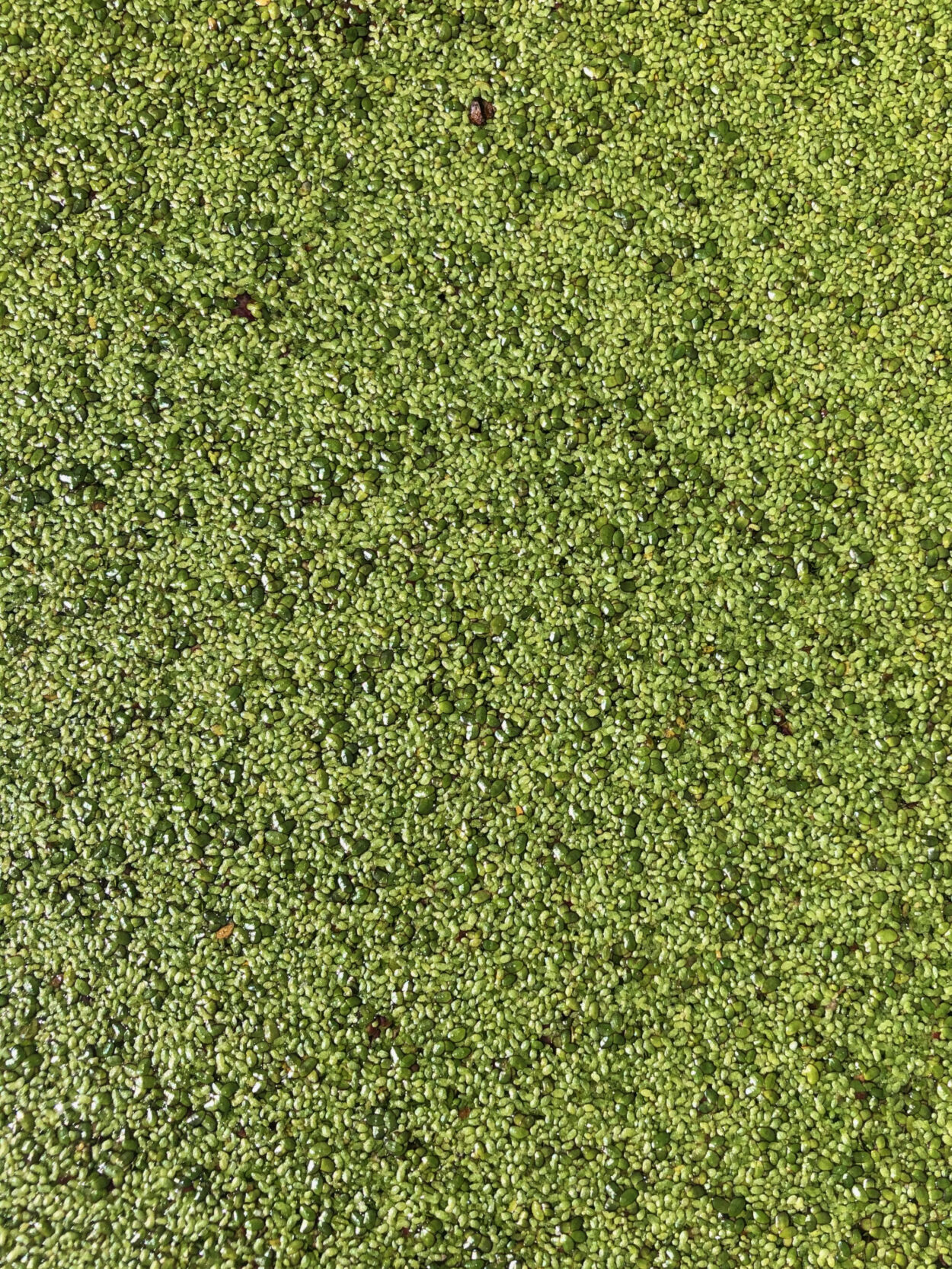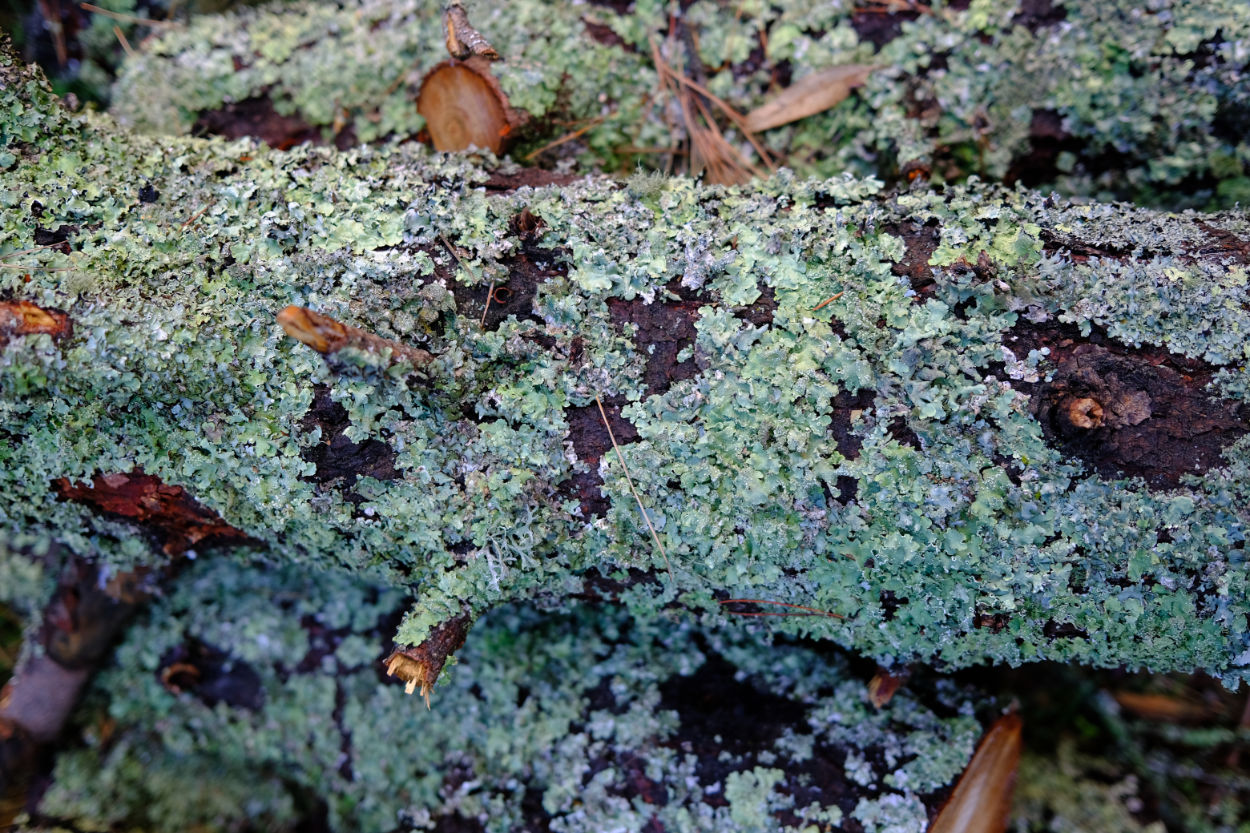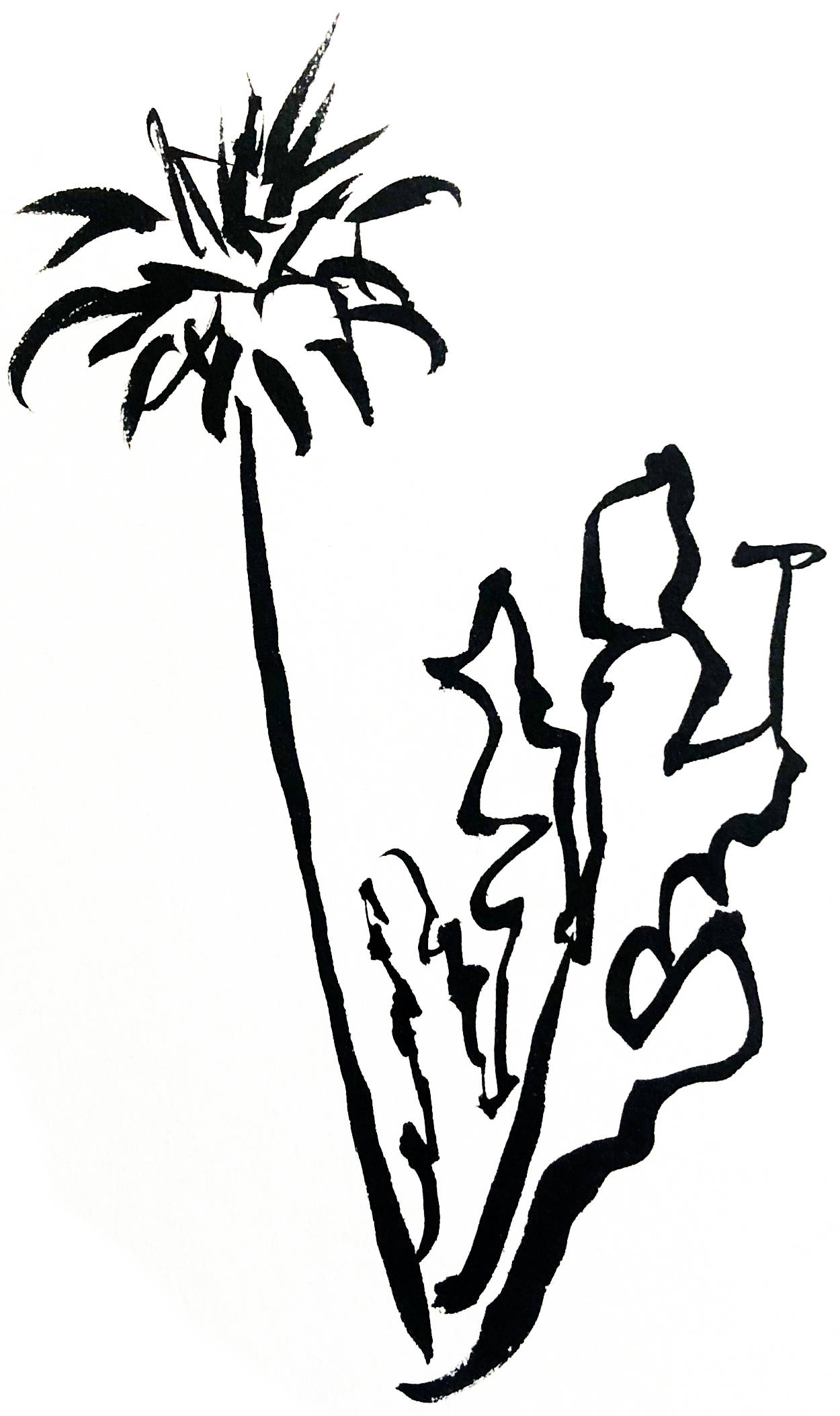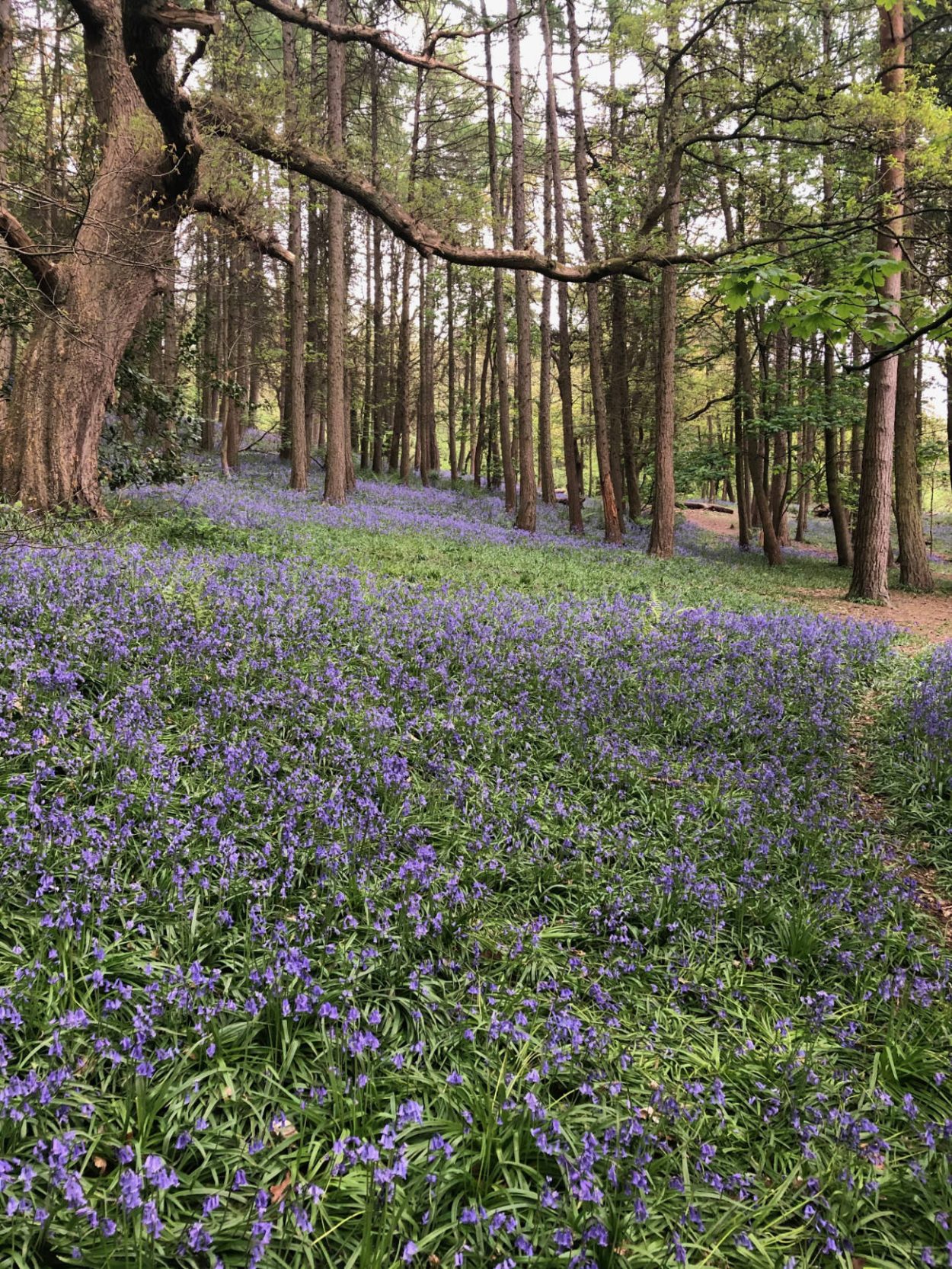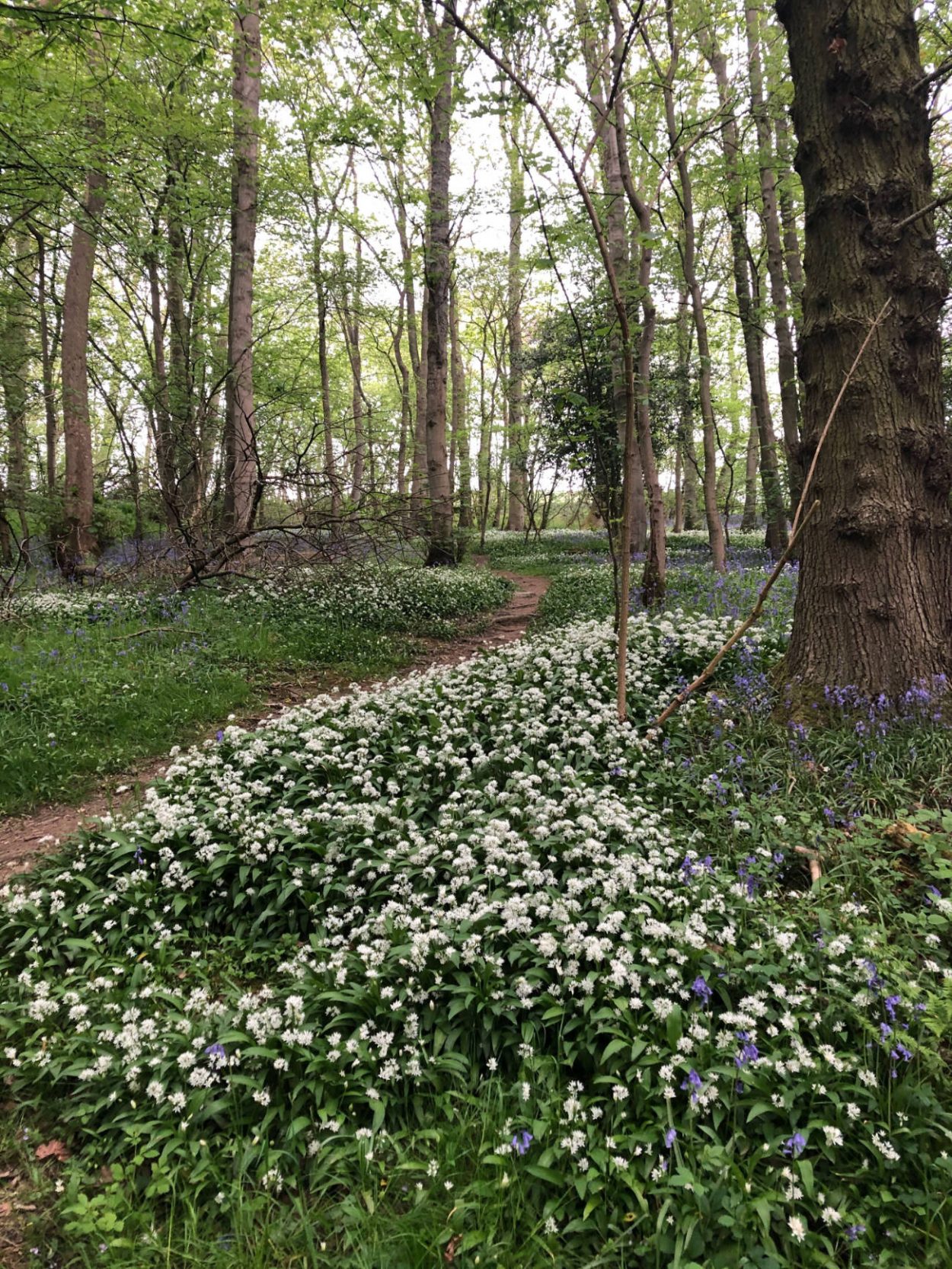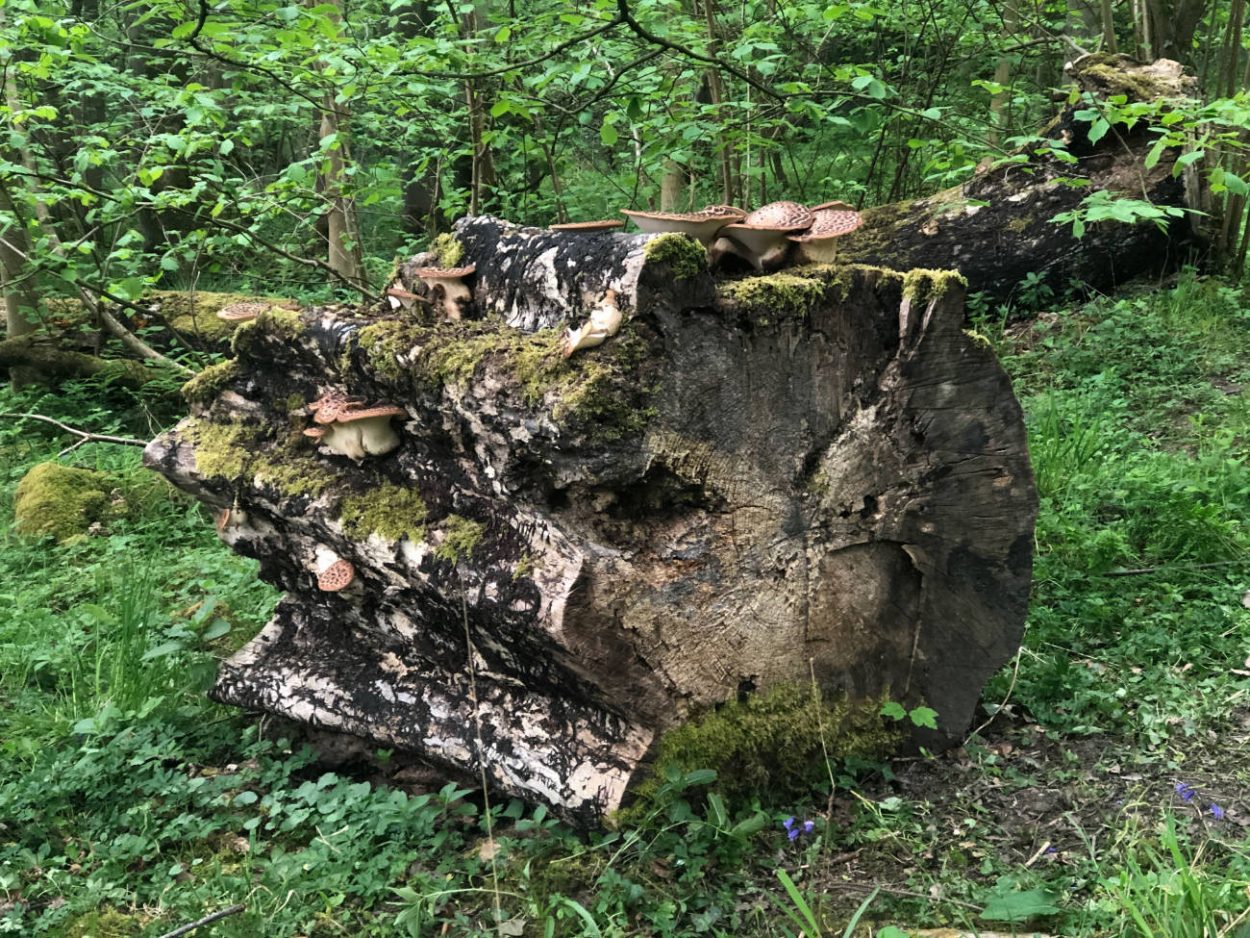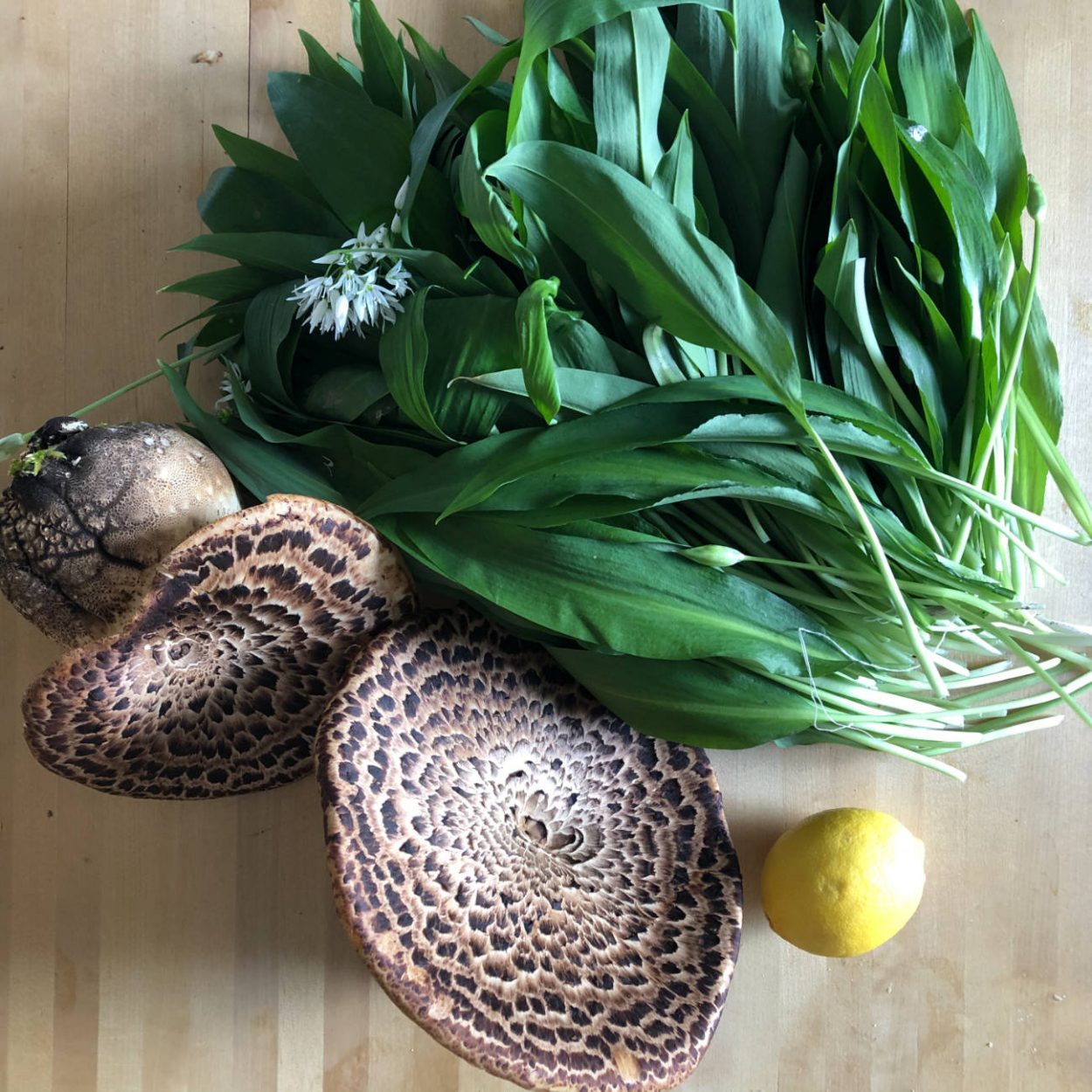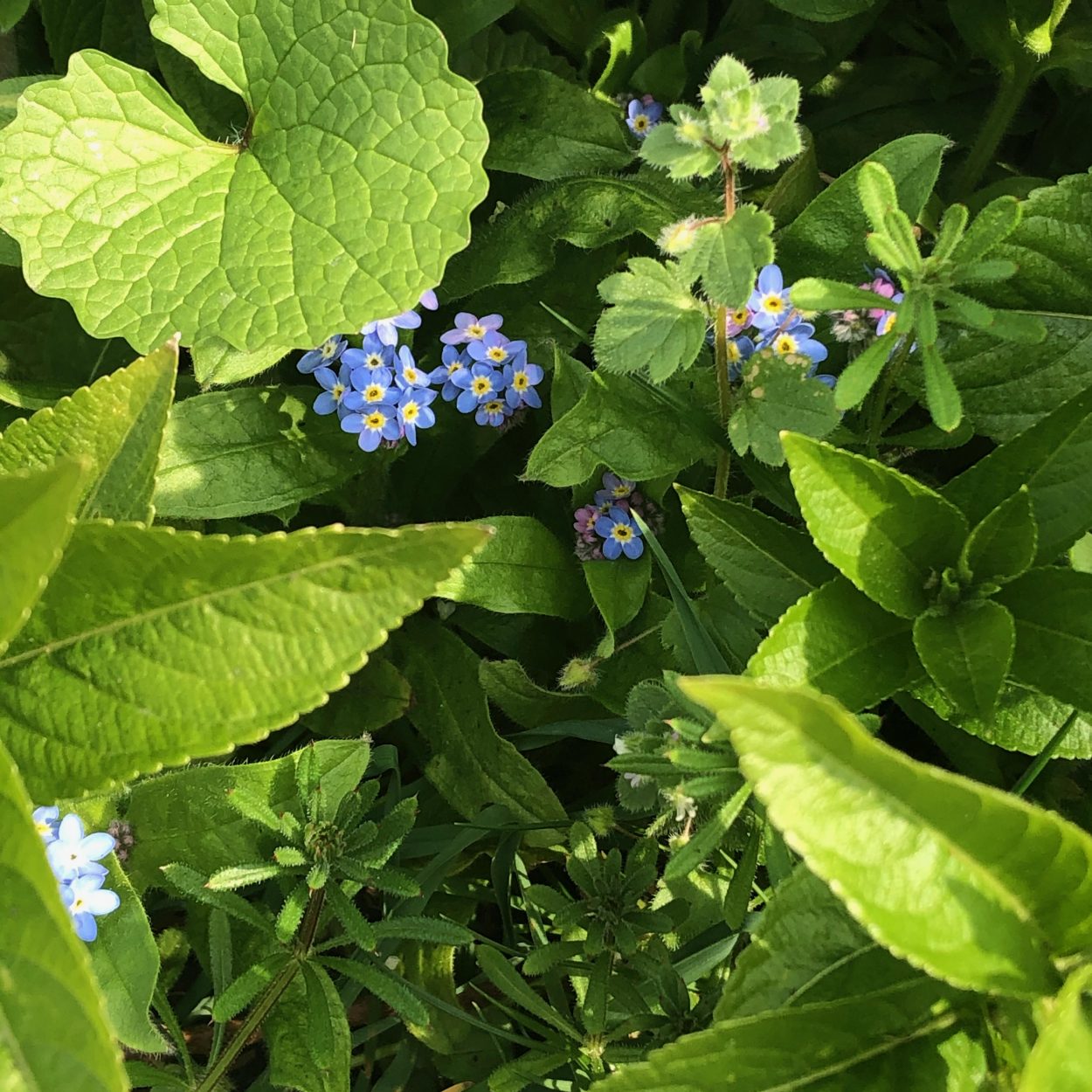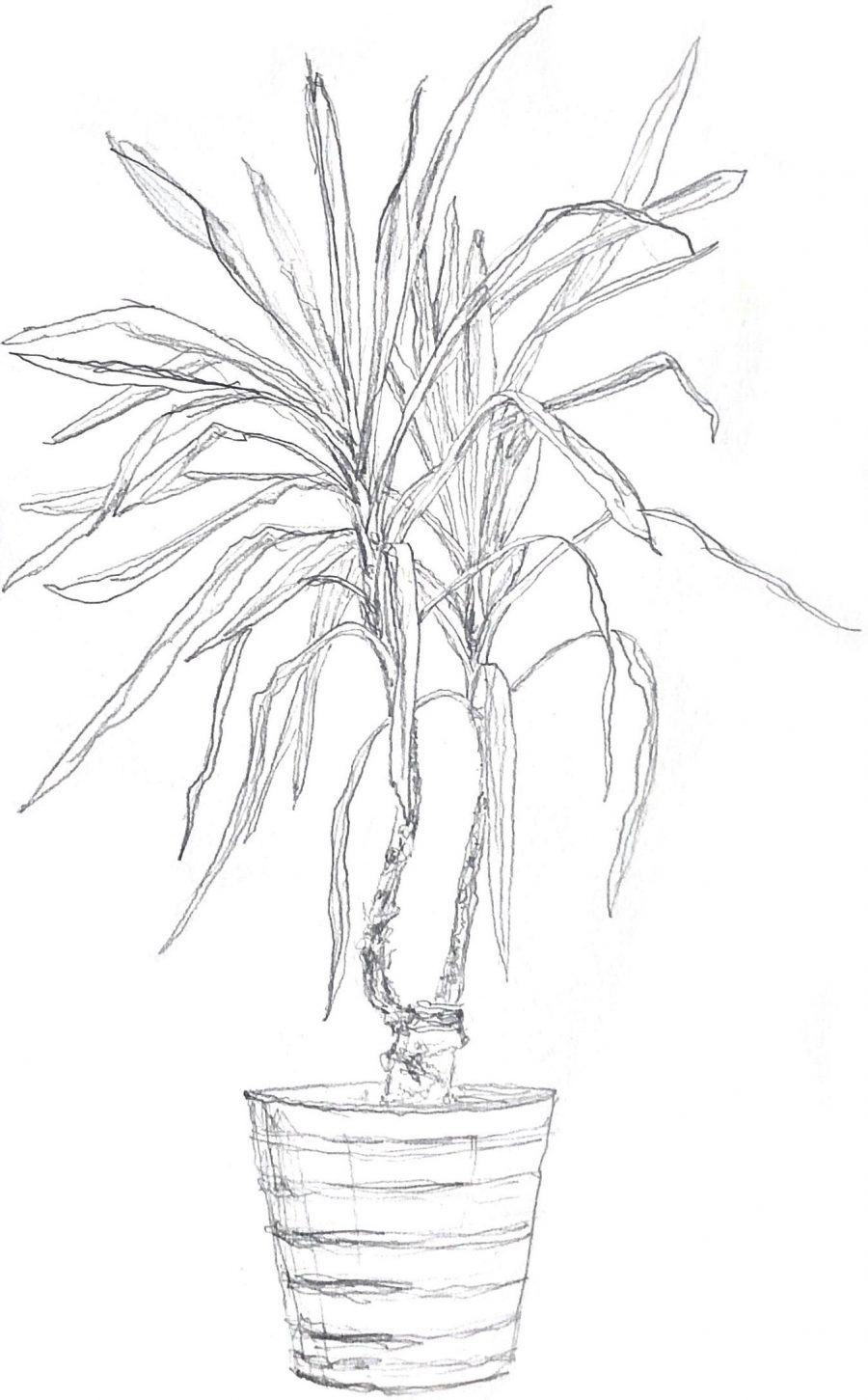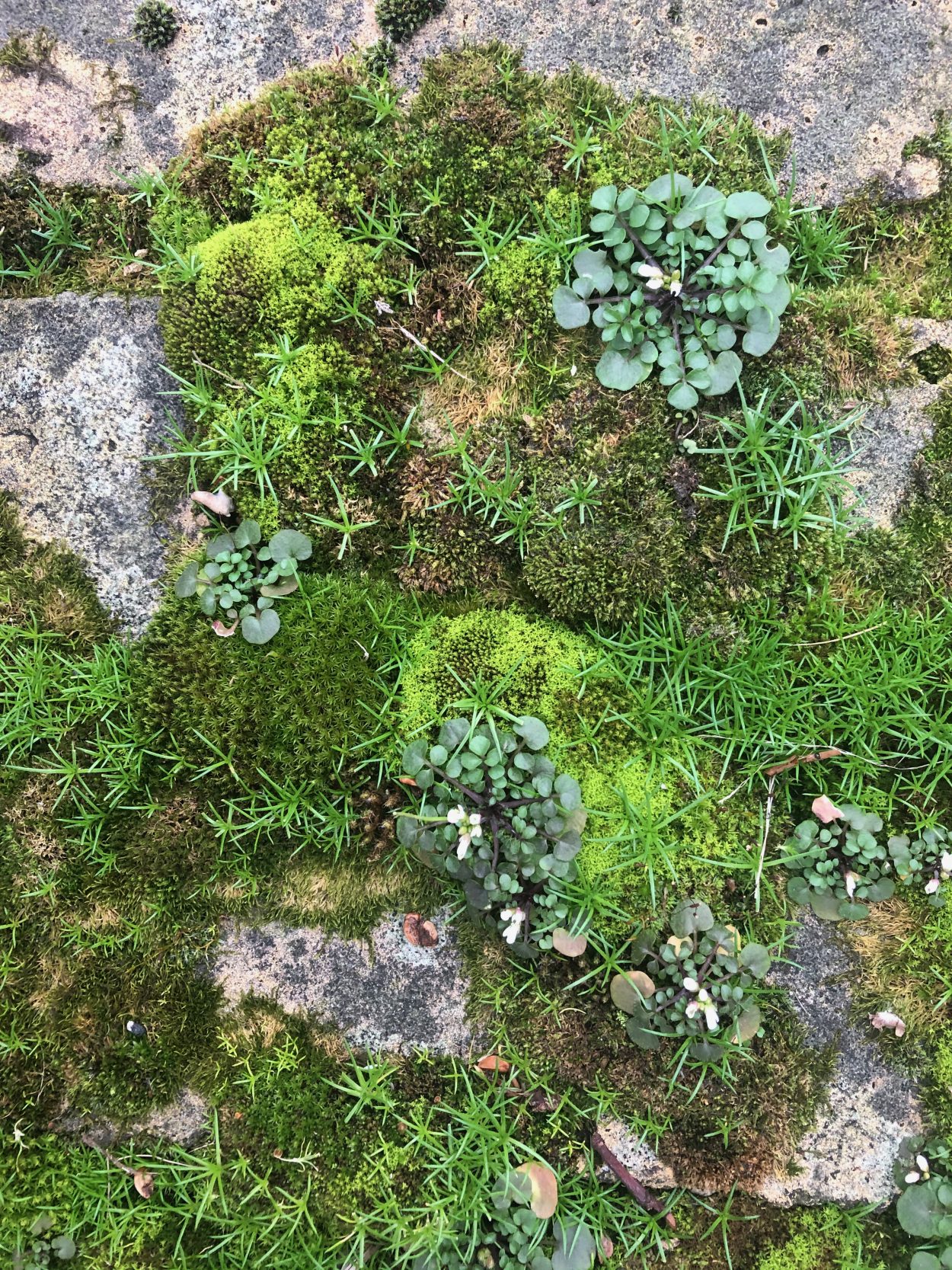Published
Bay trees and blackberry thorns
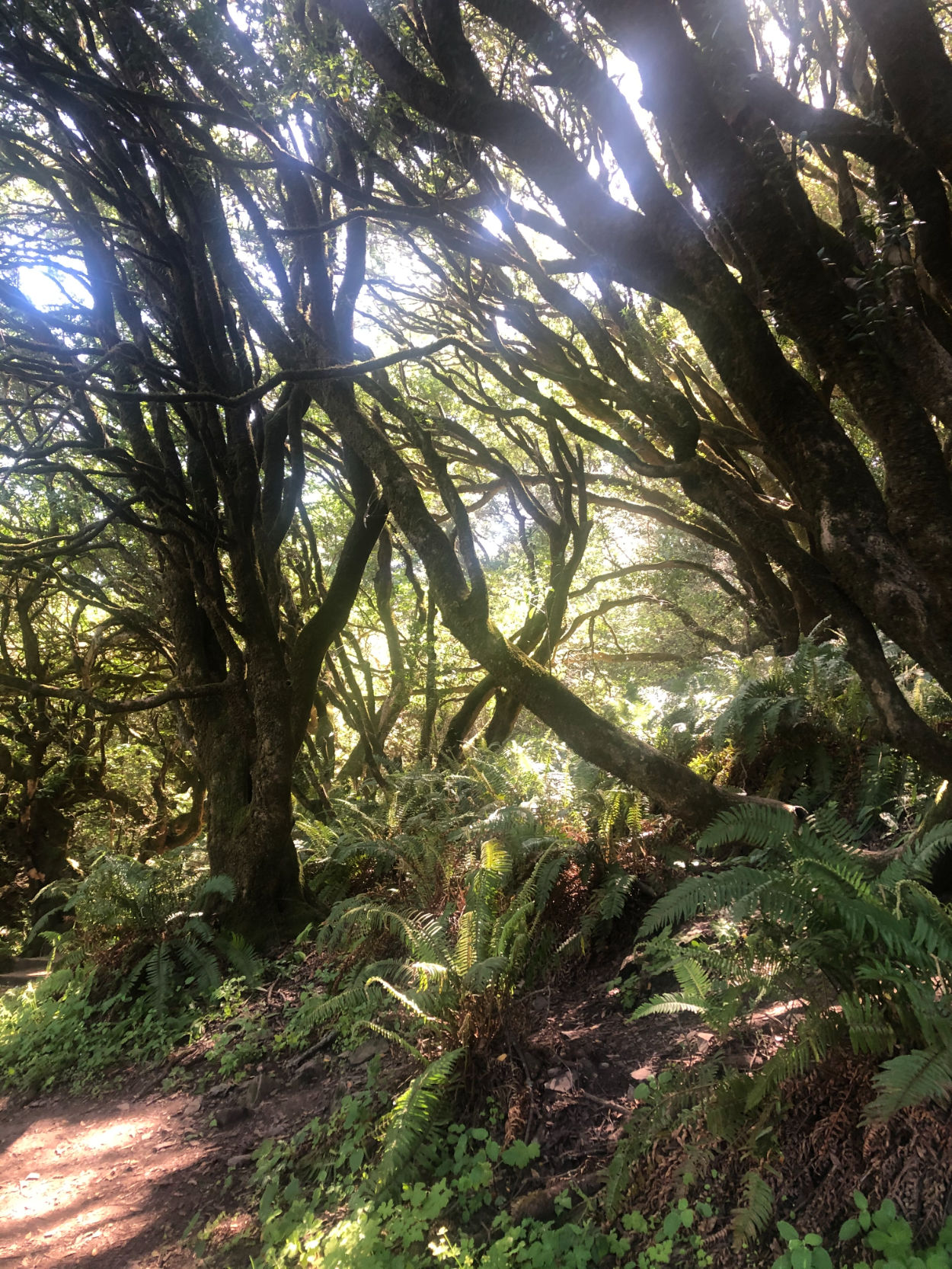
Note: I’ve included points about edibility because I’m interested in foraging generally, but foraging is not allowed the area I describe.
We went to Stinson Beach again recently, have got in to a good routine of leaving early enough to just barely beat the crowds and get a decent parking spot, but not so early that it’s a slog to get out of the apartment.
This time, we walked up Dipsea Trail to a lookout point with a large, lone eucalyptus tree with a tree swing. It was a little over two miles round trip with about a 500ft elevation change, nearly all uphill out and all downhill back. The first section follows a little stream from Panoramic Highway through a grove of California Bay Laurel trees which bent over the path. It was quite damp and cool even though it was getting pretty warm elsewhere, smelled amazing.
A note about California Bay Laurel: The leaves are edible, but they tend to be much stronger than the stuff you buy in shops. Proceed with caution if using for stock or something similar.
The rest of the way was more open, with terrain that reminded us a little of the moors in Yorkshire. A lot sunnier though!
Flowers we saw (native plants are linked to the Calscape website for further info):
- Blue Dicks (…)
- Broadleaf Forget-me-nots
- California Poppy
- Checker Mallow
- Cow Parsnip — Supposedly it’s edible, but the sap can cause photosensitivity and rashes in some people and the California climate may make Cow Parsnip more bitter than is palatable
- Iris (not sure which)
- Lupine (not sure which, it was purple and fairly solitary)
- Milk Maids
- Pacific Blackberry — Edible, fruits around May/June
- Wild Cucumber or Manroot — Not safe to eat
- Woodland Strawberry — Edible, blooms from February through may and fruits through June
And a few more I just have not been able to identify…
